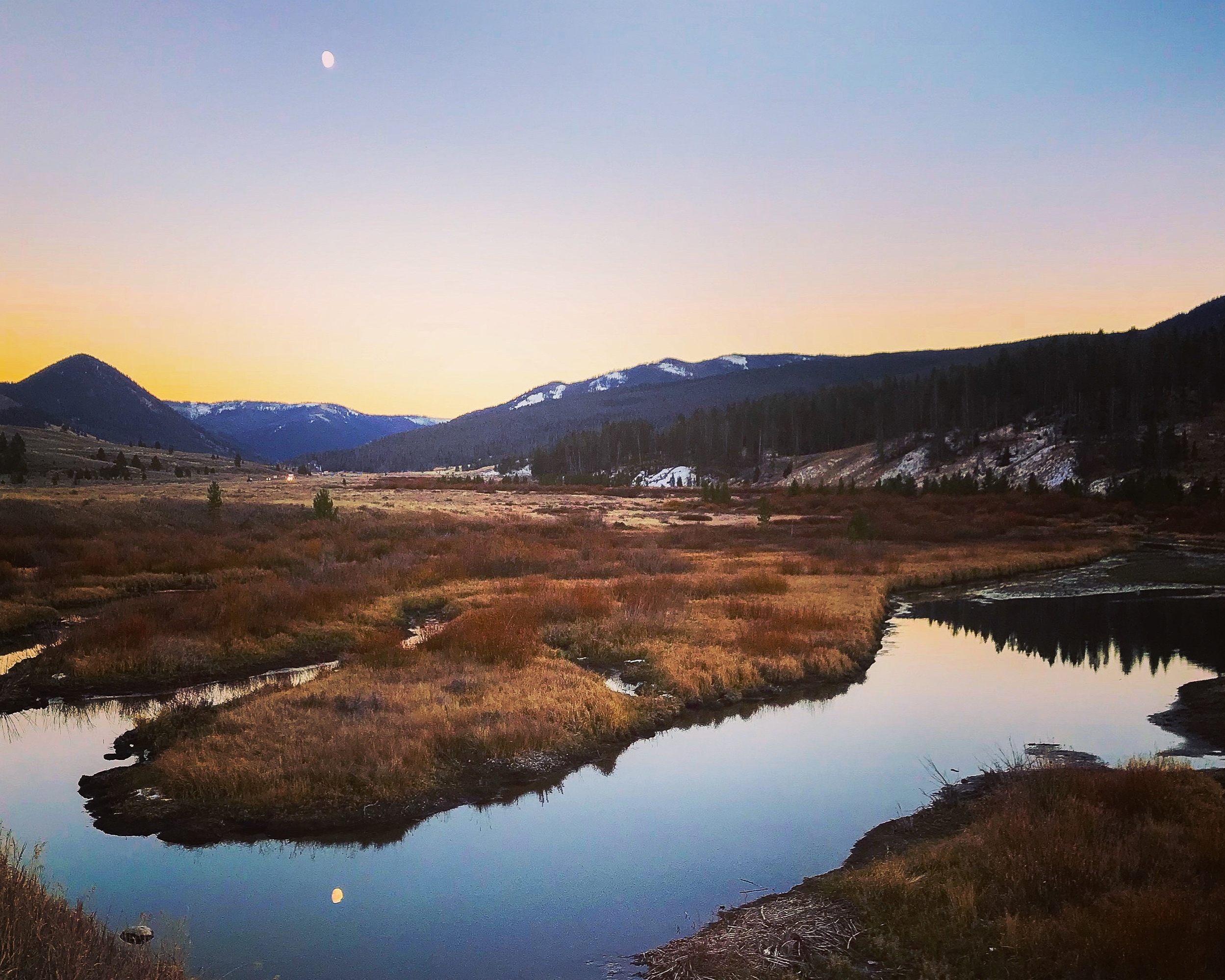Assessing the costs and benefits beaver dam analogs to create resilience to climate change for aquatic ecosystems
The removal of beaver from the landscape has been a major contributor to increased stream channel incision and loss of connection between the stream channel and its floodplain. These changes have been linked to lowering of the water table, decreased base flows, warmer water temperatures, and reduced channel complexity. In response to a warming climate, some managers in the western US are increasingly using Beaver Dam Analogs (BDAs) as a technique for restoring streams experiencing effects of beaver, drought, and decreased late season flows. Research surrounding BDAs have primarily been completed in Utah, which are very different watersheds than western MT. Despite their utility as a water resources restoration technique, the broader range of effects on element pools, cycling, and the biota of aquatic systems where BDAs are installed are not well understood.
This study stems out ofgrowing concerns about whether these structures and subsequent beaver establishment on a novel landscape with lower base flows, warmer temperatures, and ubiquitous nonnative species might result in more harm than good in certain watersheds for the native biota. This research will address specific concerns about increased surface area from impoundments increasing temperatures to a problematic range for native fish, dams restricting fish passage to upstream spawning habitat and cool water refugia, and impoundments altering habitat that promotes nonnative species over native species.
Dr. Eby is a professor of Aquatic Ecology and Undergraduate Program Director of Ecosystem Science & Restoration in the W.A. Franke College of Forestry and Conservation at the University of Montana. Dr. Colman is an assistant professor of aquatic ecosystems ecology in the W.A. Franke College of Forestry and Conservation at the University of Montana.

